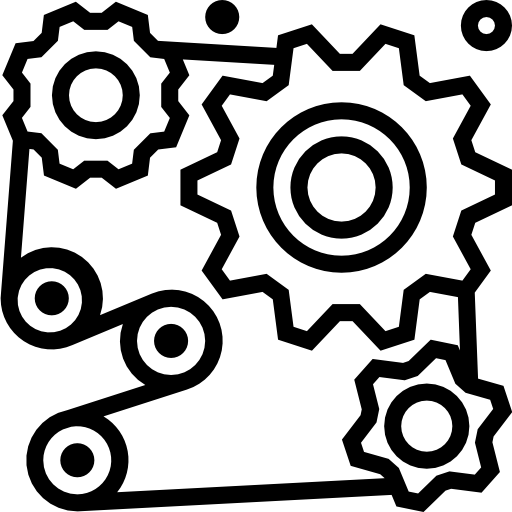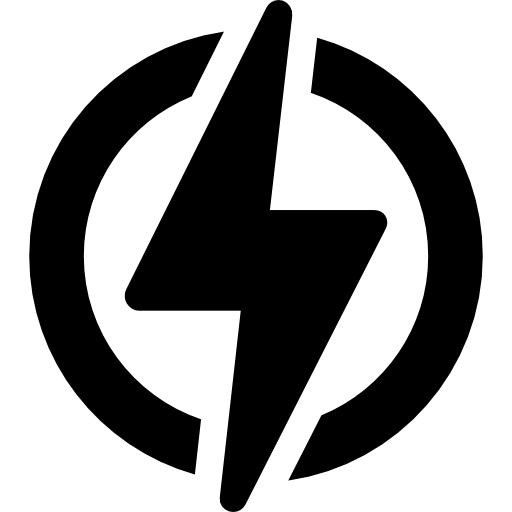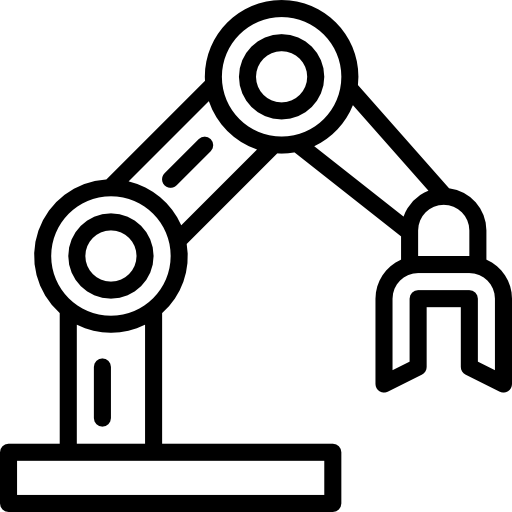Transmission Belt
Transmission Belt
A transmission belt is a mechanical component used to transfer power and motion between two rotating shafts, typically in machinery. It connects the driving shaft (e.g., motor or engine) to the driven shaft, ensuring synchronized movement and power transmission.
Uses of Transmission Belts

Industrial Machinery
Used in almost every conveyor systems, machine tools, and textile machinery.

Automobiles
Found in engines for driving alternators, fans, and other components.

Agricultural Equipment
Utilized in tractors, threshers, and other farming machines

Home Appliances
Present in washing machines, treadmills, and vacuum cleaners.

Power Generation
Employed in turbines and generators for efficient power transmission.

Automotive Engines
Timing belts control the timing of engine valves, ensuring precise movement.

Robotics
Used for controlling motion in robotic arms or automated machinery.

3D Printers
Provides accurate movement for the print head or bed.

CNC Machines
Ensures synchronized motion of various machine parts.

Customer Benefits
- Efficient Power Transmission: Provides high-speed operation with minimal energy loss.
- Cost-Effective: Relatively inexpensive compared to other transmission systems like gears.
- Flexibility: Can connect shafts at varying distances and angles.
- Low Maintenance: Requires minimal lubrication and upkeep.
- Smooth Operation:Absorbs shocks and vibrations, ensuring a quieter operation.
- Versatility: Suitable for a wide range of speeds and power requirements.
Types of Transmission Belts
Feature: Teeth that engage with sprockets.
Use: Precision applications like printers and engines.
Benefit: Eliminates slippage, ensuring accurate timing
Feature: Smooth, flat surface.
Use: Light-duty applications like textile machinery.
.
Benefit: High-speed operation with minimal vibration.0
Feature: Circular cross-section.
Use: : Light-duty applications like vacuum cleaners..
Benefit: : Flexible and easy to install.
Feature: Ribs on the inner surface
Use: Compact, high-speed drives in automotive & industrial equipment.
Benefit: Combines the flexibility of flat belts with the grip of V-belts.
